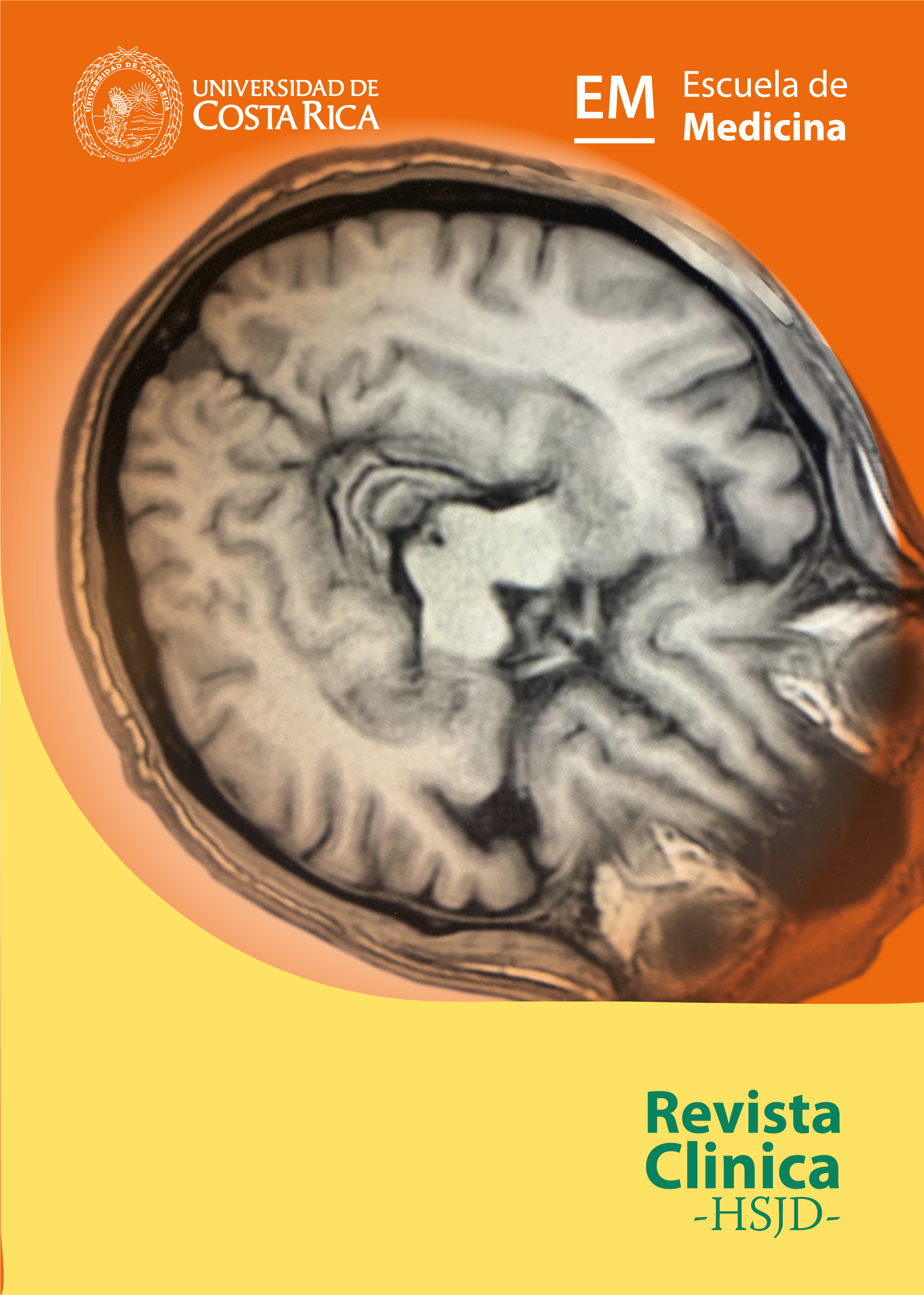Abstract
Social anxiety is one of the most common anxiety disorders. Its essence lies in a fear disproportionate to public scrutiny, for fear that it leads to humiliation or shame. Because of the social nature of social anxiety, there is a constant exposure of the person to his phobia, however, this does not lead to improvement of symptoms. This particular characteristic of social anxiety disorder guided the studies towards attentional processes in terms of information processing, in order to elucidate that throughout the continuous exposure there is no attenuation of the symptomatology. Studies have repeatedly shown that when attention networks are altered, they propitiate and maintain high levels of social anxiety, due to the way in which information is processed. The following systematic review aims to clarify the particularities of attentional involvement in social anxiety. This was done with studies of the last three years that focus on the coupling and disengagement processes specifically within the attention guidance network. Most of these conclude that attentional engagement is the process that works in a problematic way in social anxiety disorder. Other studies do not obtain the same results, so the importance of considering other variables when evaluating the attention-oriented network is debated in order to elucidate whether there are other factors that influence the alteration of attention which in turn are responsible for that social anxiety disorder persists.

